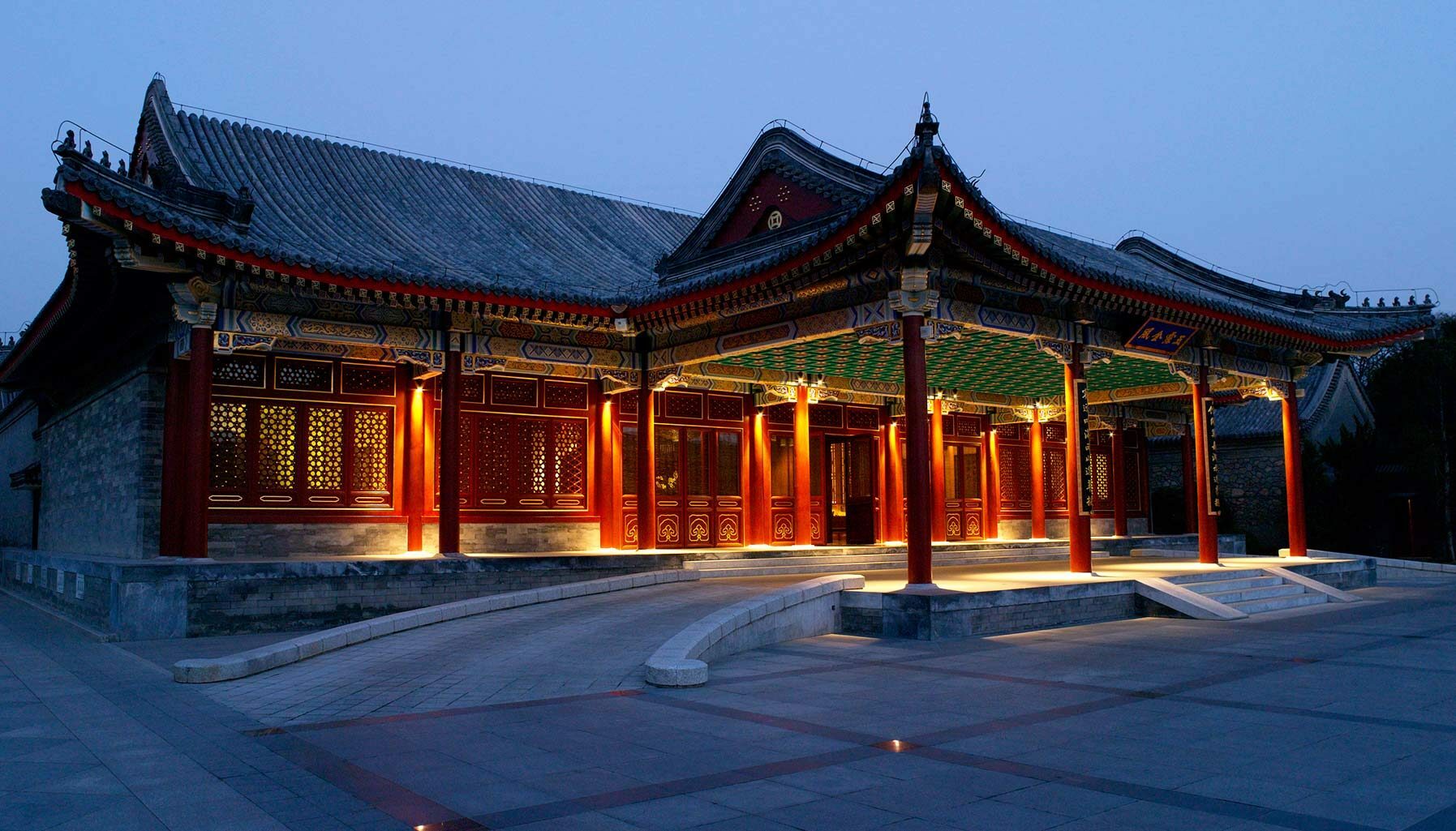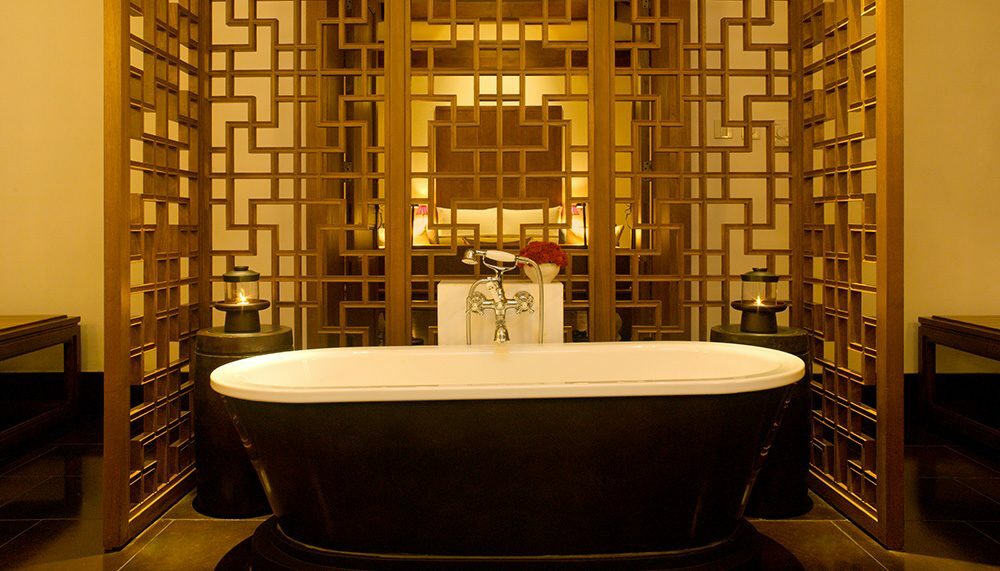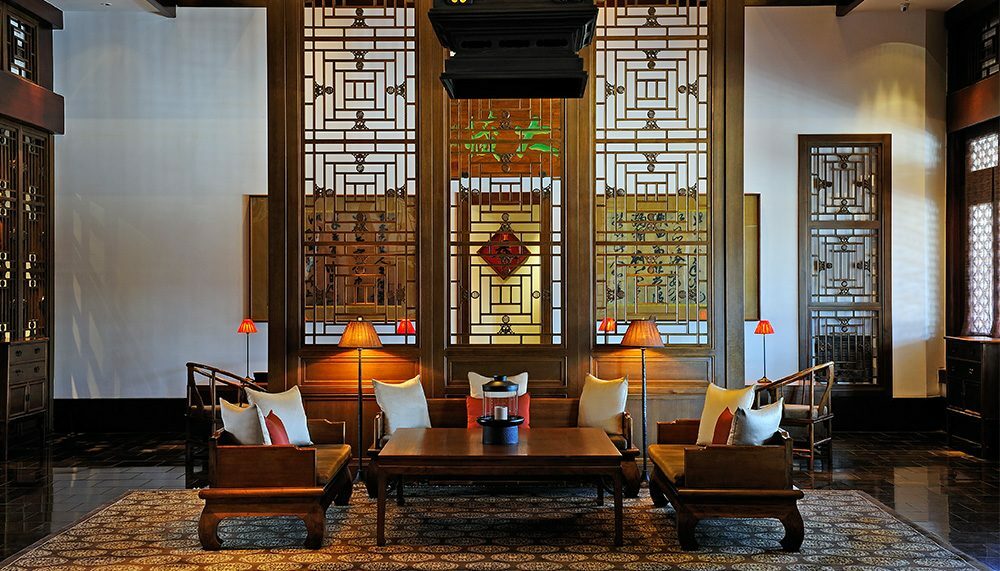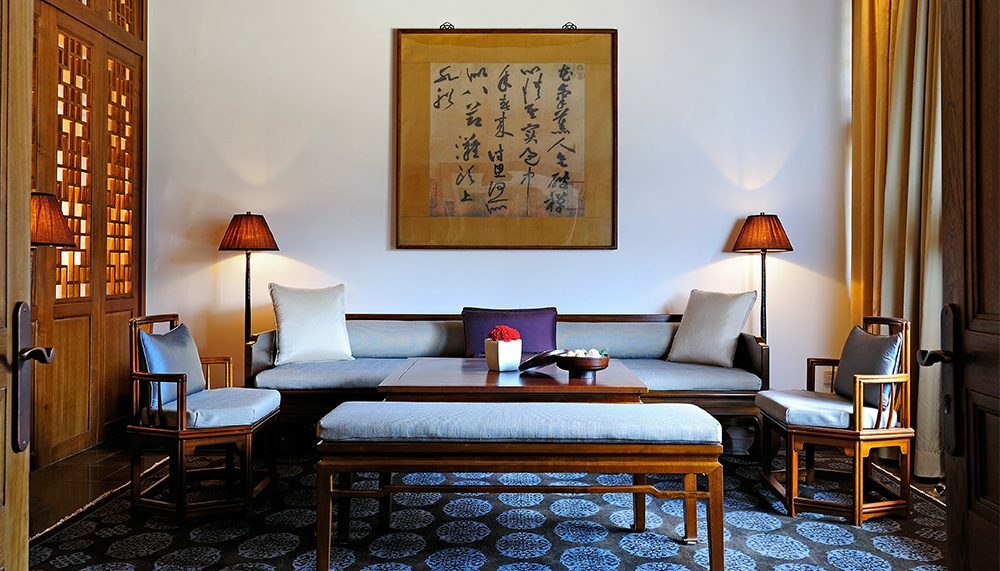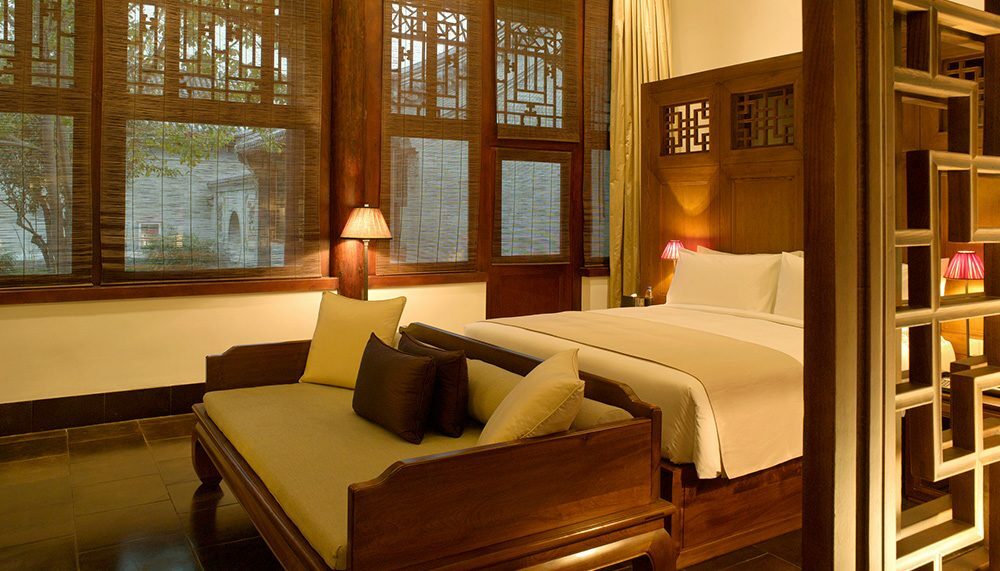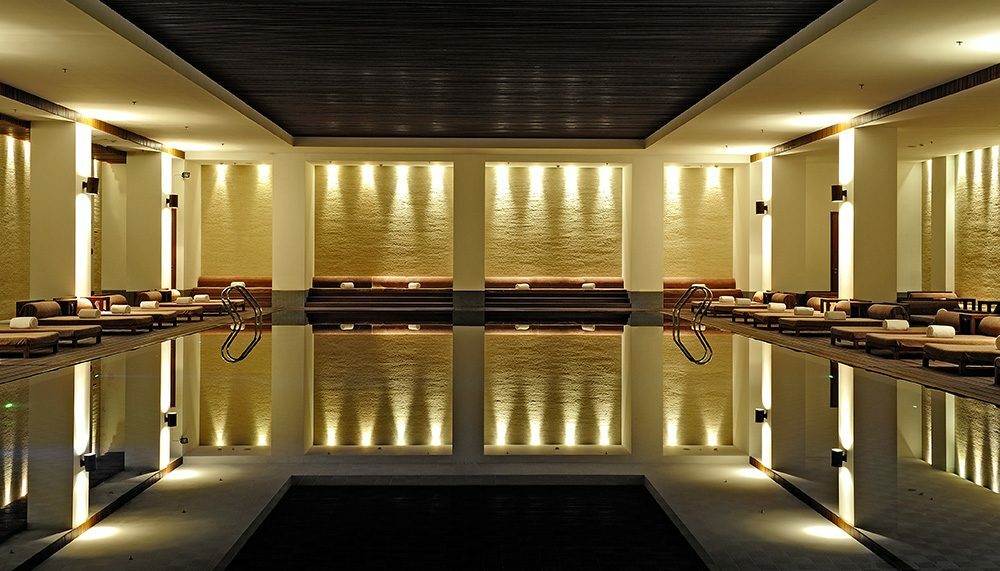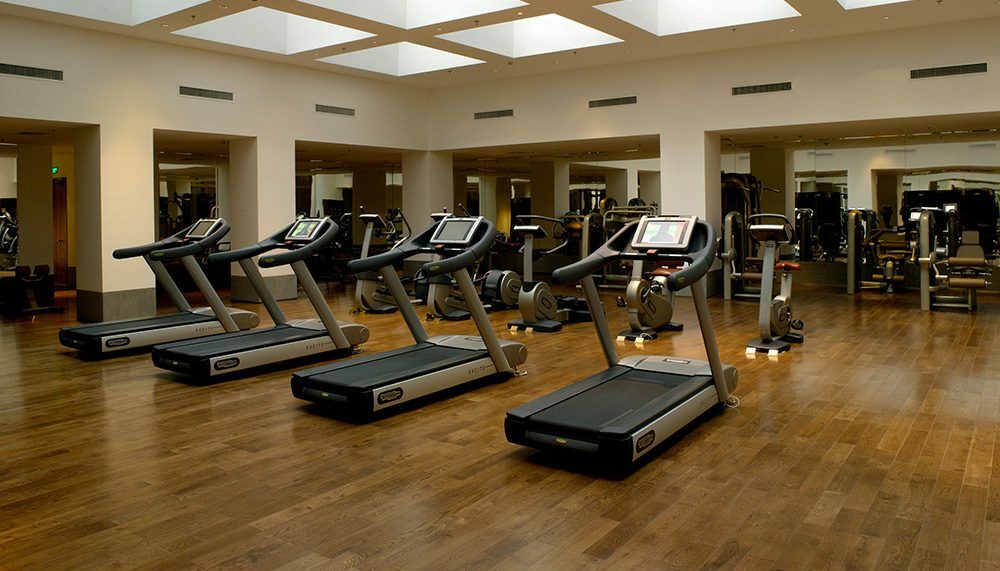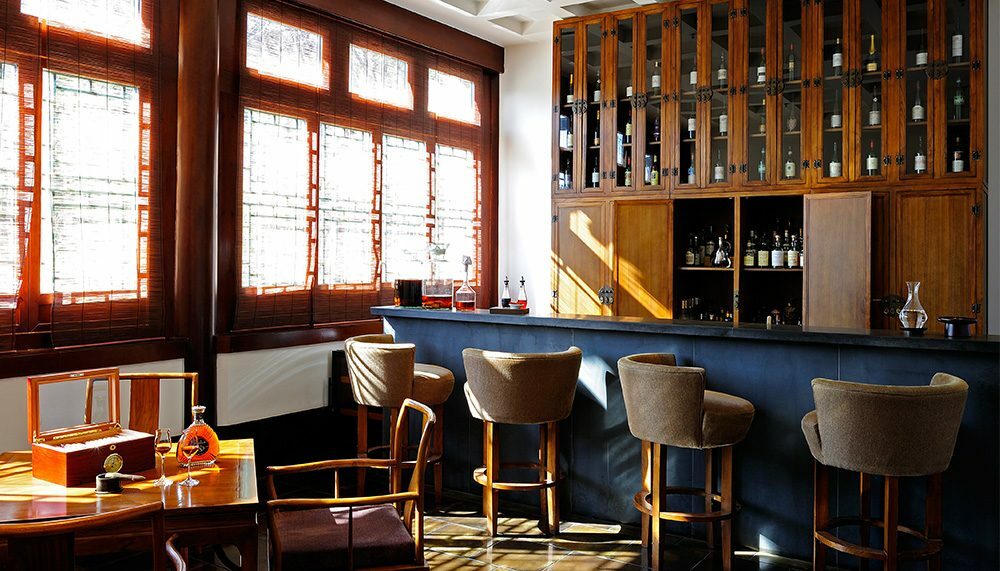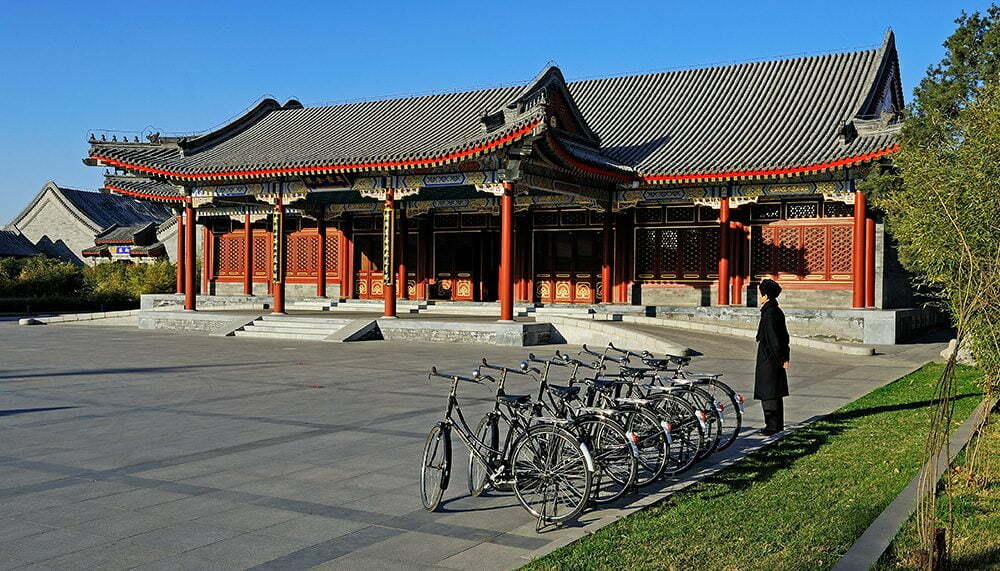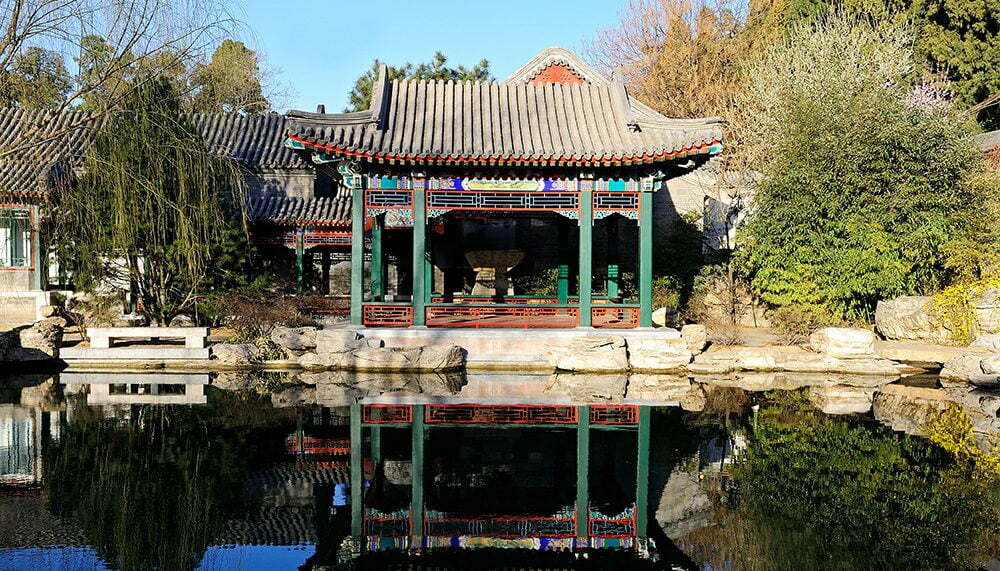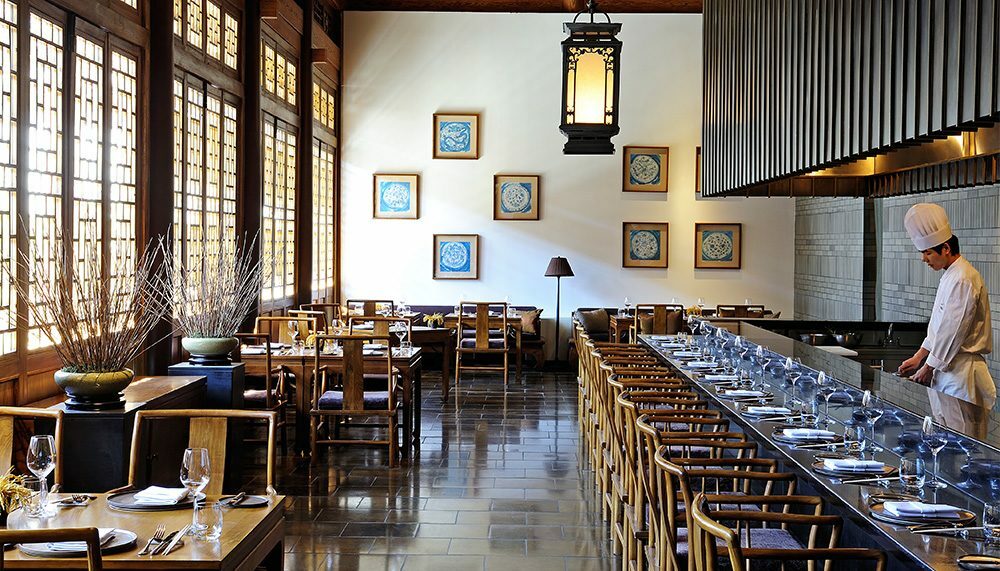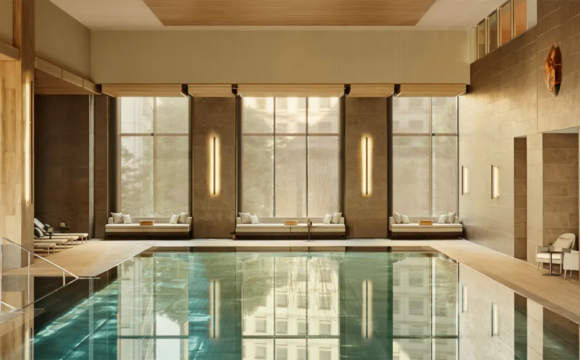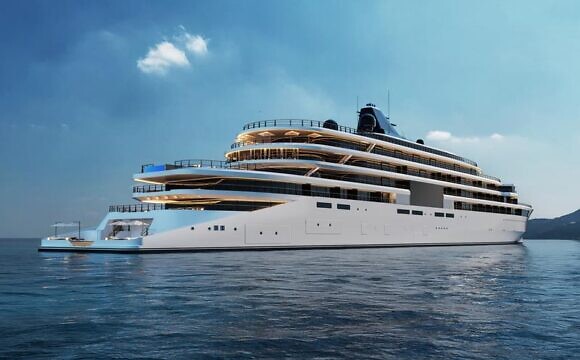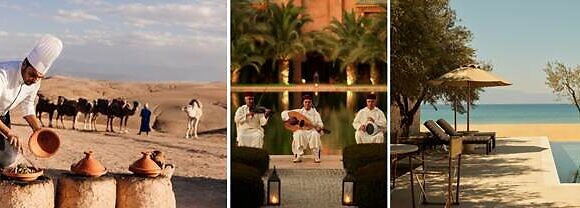WINTER IN BEIJING AT THE AMAN SUMMER PALACE
Something magical happened on my final morning at the Aman Summer Palace. An even sky of uniform whiteness held the promise of snow, and as I zipped up my jacket, wrapped my scarf and walked out the door of the opulent room, flakes of white began drifting down. It was snowing. It was snowing! It was a moment that was delightful and capped off what has to be one of the most sumptuous experiences available in Beijing.
As the snow blanketed the grounds of the nine courtyards and the phalanx of quiet corridors that form the Aman Summer Palace with powdery whiteness, I imagined a scene from Zhang Yimou’s Raise The Red Lantern – where Gong Li, in her silk finery, stands in a similar courtyard, snowflakes settling in her hair as the camera beautifully pans across the scene, lingering on the curved roofs, carved doors and stone floors. The resemblance is not unintentional. Housed in the environs of the Summer Palace in Beijing, the Aman Summer Palace occupies what used to be the guest rooms of the complex, where dignitaries, officials and visitors resided while waiting for their turn at an audience with Empress Dowager Cixi, the Dragon Lady of the Qing Dynasty.
A residence at the Aman Summer Palace, or indeed any Aman resort, must be similar to the experience of personages visiting the Summer Palace during Imperial China. Every detail of this resort is immaculate, harkening back to the site’s regal upbringing. But this is no facsimile. Jaya Ibrahim, the Indonesian designer with a pedigree for creating sophisticated Asian interiors with a reverence for history and the nuances of the present, has preserved the remarkable heritage of the site – from elaborate Chinese latticework to strategically placed Ming Dynasty decoration – infusing it with the comforts of modern luxury. The result is almost like a hologram: a storied image of China’s grand past superimposed over the restrained elegance and extravagant comfort that the Aman group is known for. It’s an irresistible combination.
Accommodation at the Aman Summer Palace is centred around courtyards. Nine courtyards, to be specific, all but one being originally part of the Summer Palace. Only the buildings immediately surrounding the lobby are new. Though you would not guess so from the remarkable authenticity of architecture; the only way to pinpoint the difference is in the coloration of the roofs. The original buildings have darker stone shingles, while the roofs of the new building are not yet as weathered, though they too will be, in time. Within the original eight courtyards, three buildings occupy the space – a main unit flanked by two others. The main building is split into two separate suites, one in each wing accessed from a common welcome area, while the two other buildings are separate suites.
In all, the Aman Summer Palace comprises 51 abodes divided among the 9 courtyards…. or specifically, 10 courtyard guestrooms, 8 suites, 17 deluxe suites, 7 courtyard suites and an Imperial Suite with three separate pavilions, one for private living, one for receiving and one for communal activities and studying. Within the suites, the décor echoes the Imperial period, while the furniture and trappings are all crafted using traditional methods and materials amidst painstakingly restored interiors. Authentic materials such as Jin clay tiles and classic elements like draped bed alcoves mix together with more modern elements, such as open ceilings exposing roof beams and structural columns, as well sumptuous bathrooms.
Waking up to the chirping of magpies breaking the gentle silence, I found it easy to imagine life in the last days of the Qing Dynasty through the eyes of the Aman Summer Palace. No detail is spared, no service unattended, no aspect forgotten, in making guests live of the life of royalty. Past the peaceful courtyard, paths flanked by bushels of delicate bamboo, the serene pond where musicians perform music from a bygone era at select times throughout the day, this is a resort designed and laid out to delight and surprise with every turn of the corner. It doesn’t attempt to impress with upfront pomp and conspicuous circumstance. It reveals its secrets gently and quietly, a brand of understated elegance that all Amans possess.
In the evening, darkness descends, casting shadows across walls with sparse yet strategic lamps to light the way. The lack of lighting is deliberate, harking back to ancient times in the Middle Kingdom where servants bearing lanterns were the only evening illumination. And while the dimness pays grand dividends in atmosphere, the Aman Summer Palace also kindly provides torchlights for guests who wish to venture out in the cool, still darkness of the night.
And there is much to do, be it in the day or night. Sup at a choice of three restaurants – The Grill, serving Western cuisine; Naoki, where French classical techniques meet Japanese artistry in a mouth-watering combination and The Chinese Restaurant, where dishes from the menus of imperial kitchens are served alongside traditional favourites like Peking Duck and Cantonese fare. Then there is the Reflection Pavilion, which overlooks the lotus pond, a place to contemplate over a book, a drink or a cigar from the Cigar Room. Sandwiched by the pavilions that house the Reflection Pavilion and the lobby is the library, it is a place to delve into the four millennia of untold depths of Chinese history. Demonstrations of Chinese calligraphy and Chinese paper cutting are regularly held here, part of a comprehensive timetable of activities that varies by the season.
Beneath the lobby is the one overt sign that this part of the resort is modern. For tucked away beyond ground level sight is a unique 5,000 square metre, double-level underground recreational facility. Here, concessions to history take a backseat to plush modernity that characterises the extensive gym, two squash courts, a juice bar, a 25m indoor lap pool and a private cinema, all of which are accentuated by moody lightning and pinpoint architectural precision to ensure the space flows together with the historical context above.
Then there is The Spa, which deserves a paragraph of its own. With a moniker that ventures no further than its function, The Spa at Aman Summer Palace needs no flowery words to describe it. It simply is, and what is it is one of the best spa treatments this writer has ever experienced. The treatment menu is extensive, but guests will do themselves a disservice to not indulge in The Spa’s traditional Chinese massage and its signature gemstone body therapy. The latter is a revelation – deft hand strokes followed by gentle caresses of selected gemstones, each with their own property. Aventurine, for the heart, the skin and weight loss. Jade, for the kidneys and for biological balance. Jasper, for energy flow and digestion. Obsidian, for pain, tension and unblocking flows. And rose quartz, for blood circulation, tautness and mental well-being.
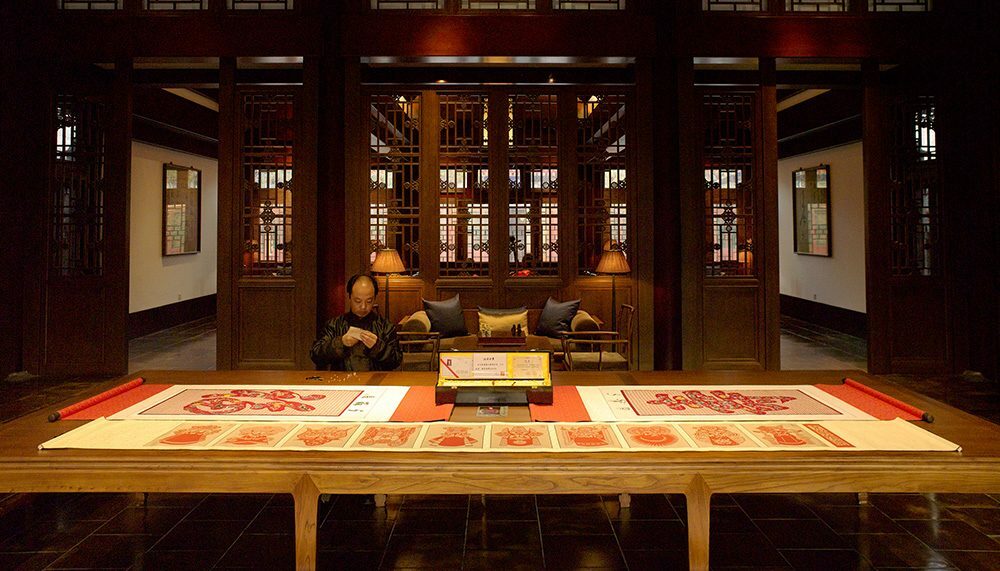 Even if it were not for the snow, I would rate my stay at the Aman Summer Palace as one of the most extraordinary resort experiences I have ever had. And that is saying a lot. That the heavens would conspire to have it snow on my final morning was the proverbial cherry on top of a lavish and thoroughly comforting confectionary. There is magic in the air here, I thought as the resort staff unlocked the side door to access the Summer Palace, a complementary perk available at all hours. Magic like this isn’t accidental. Magic like this is created, through meticulous planning and regimental service. That it all comes together beautifully and effortlessly is magic of the highest order.
Even if it were not for the snow, I would rate my stay at the Aman Summer Palace as one of the most extraordinary resort experiences I have ever had. And that is saying a lot. That the heavens would conspire to have it snow on my final morning was the proverbial cherry on top of a lavish and thoroughly comforting confectionary. There is magic in the air here, I thought as the resort staff unlocked the side door to access the Summer Palace, a complementary perk available at all hours. Magic like this isn’t accidental. Magic like this is created, through meticulous planning and regimental service. That it all comes together beautifully and effortlessly is magic of the highest order.
Aman at Summer Palace
1 Gongmenqian Street, Summer Palace
Beijing, PRC 100091
Tel: 86 10 5987 9999

